There are many myths surrounding our favourite Mexican spirit – but with World Tequila Day approaching on July 24, who better to set the record straight than senorita Lucia Rodriguez, Tequila Expert and Brand Associate for Milagro Tequila, the World’s Most Awarded Premium Tequila.
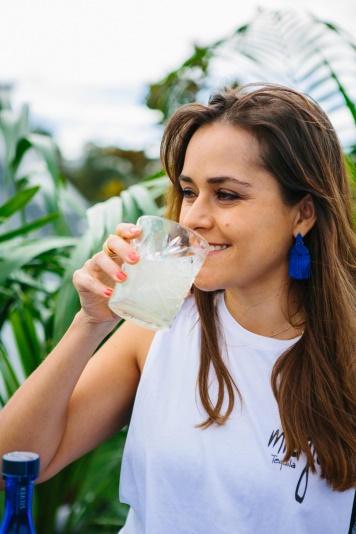
Lucia takes a break from helping Milagro to bridge the romantic world of traditional tequila with the vibrant and sophisticated world of modern-day Mexico City, in order to share 5 common tequila myths:
Myth 1: Tequila is cactus juice.
The truth is… no alcoholic drink originating from Mexico is actually made from cactus. Tequila is distilled from the Blue Weber Agave, which looks similar to a cactus, but is actually closer to lilies than cactus.
Just like Champagne or Cognac, it can only be made in a specific region: The Mexican state of Jalisco, and some surrounding areas. The volcanic soil in this area is perfect for agave and it takes between 8-12 years for the plant to reach maturity before harvesting.
Myth 2: If it is good tequila, there will be a worm in the bottle.
The truth is…there is no worm in any Mexico-bottled tequila as this is not a local tradition. Some American brands put a worm in as a marketing tactic. One legend has it that the worm at the bottom of the bottle is a sign that the tequila is a high proof alcohol. It is believed that if the proof is high enough the worm will stay preserved.
Myth 3: Tequila is only for shots.
The truth is… Tequila in Mexico is often sipped and savoured! However, for many of us, our request for tequila at a bar or friend’s home are often met with a serve in a shot glass. Mexicans recommend treating the spirit as you would a single malt whisky. A wine glass, Champagne flute or brandy snifter allows it to open up. More recently, the famous Belgian glassmaker Riedel introduced its own version of a tequila glass that is used in official tastings held by the Mexican Academy of Tequila Tasters.
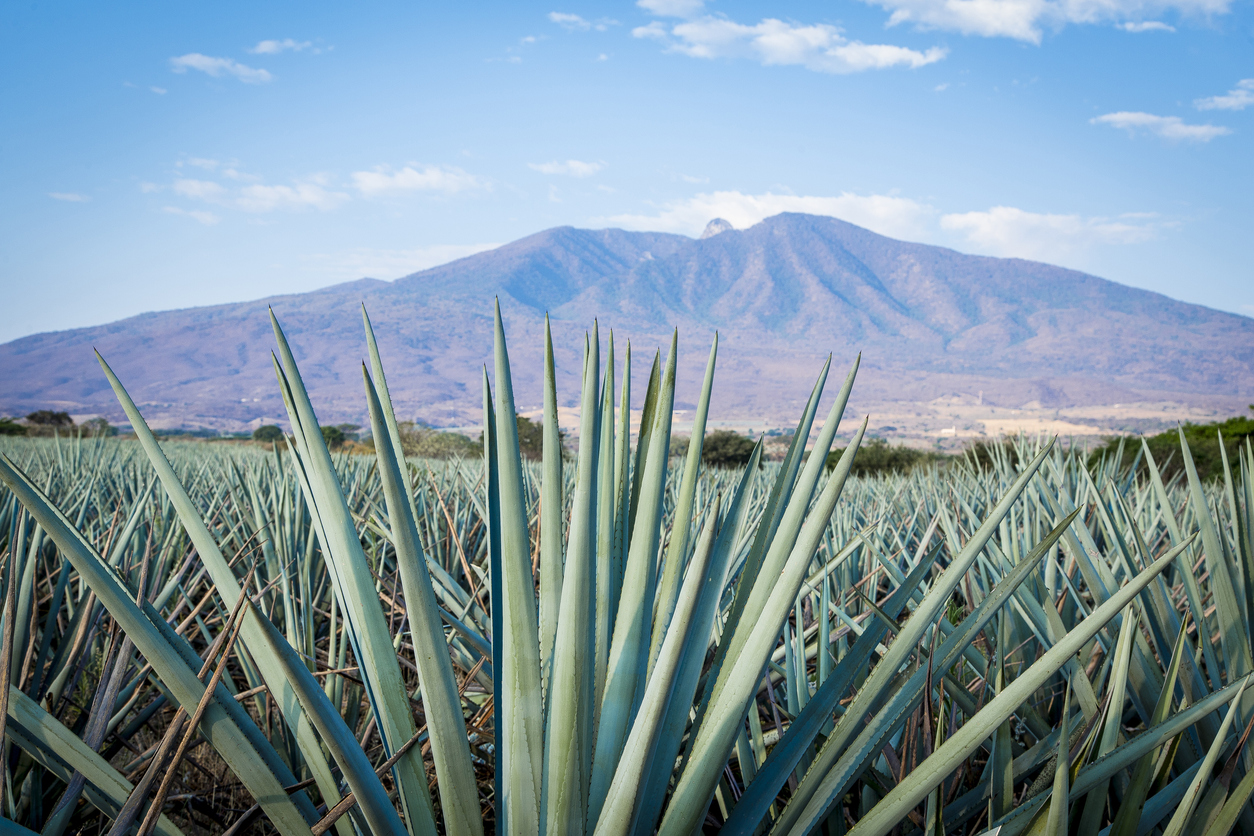
Tequila is distilled from the Blue Weber Agave, which looks similar to a cactus, but is actually closer to lilies than cactus.
Myth 4: A shot of tequila should always be served with lime and salt.
The truth is… although many people use a lime and salt, they’re really only needed if you are drinking a cheap tequila. If you’re drinking a high-quality tequila it’s advised that you don’t disguise the flavour with condiments.
Myth 5: With time tequila loses its quality
The truth is… once tequila is bottled – much like other distilled spirits – it doesn’t lose its quality or character. In fact, a sealed bottle can last for years. Once you open the bottle though you have about two months for oxidisation and evaporation to reduce the quality of the tequila and ruin the agave profile.
For some fun tequila cocktails to celebrate World Tequila Day this July 24, check out this video below:
Milagro is a 100% blue agave tequila renowned for its smoothness, mixability and crisp clear taste. Meaning miracle, Milagro’s unique aesthetic is a true celebration of Mexico’s passion for art and design. The Milagro Tequila range consists of six expressions. Silver, Reposado and Añejo expressions of its Core and Select Barrel Reserve ranges respectively.
For more information visit williamgrant.com.

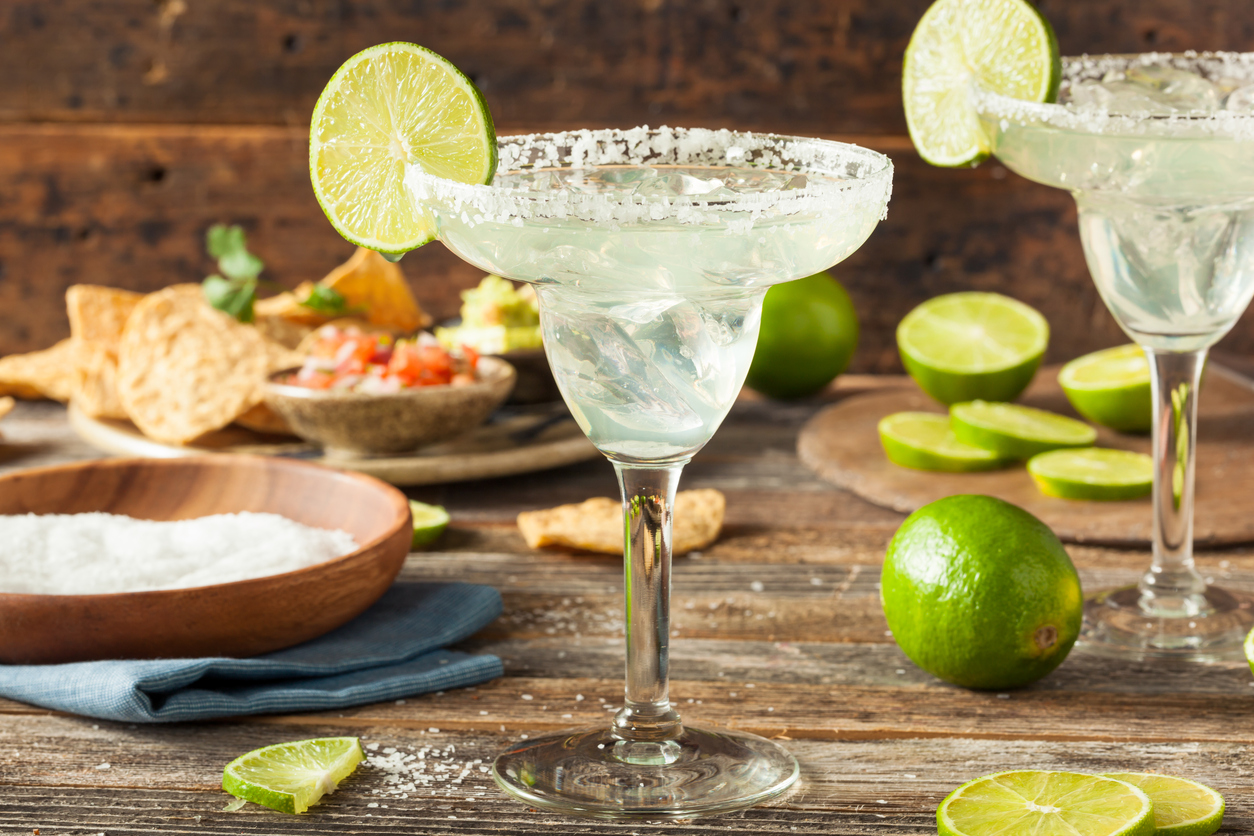
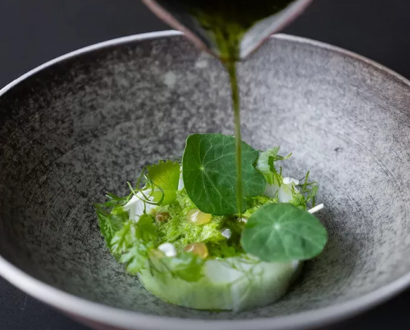

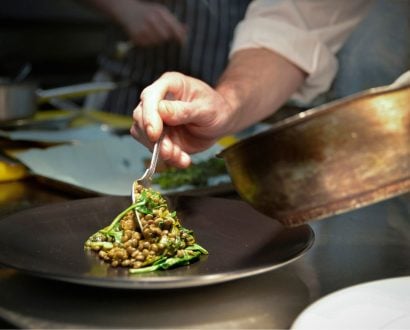
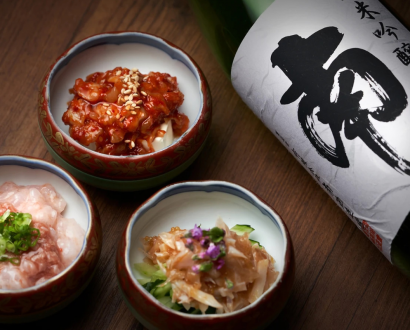
Please send me articles when you can, thank you.